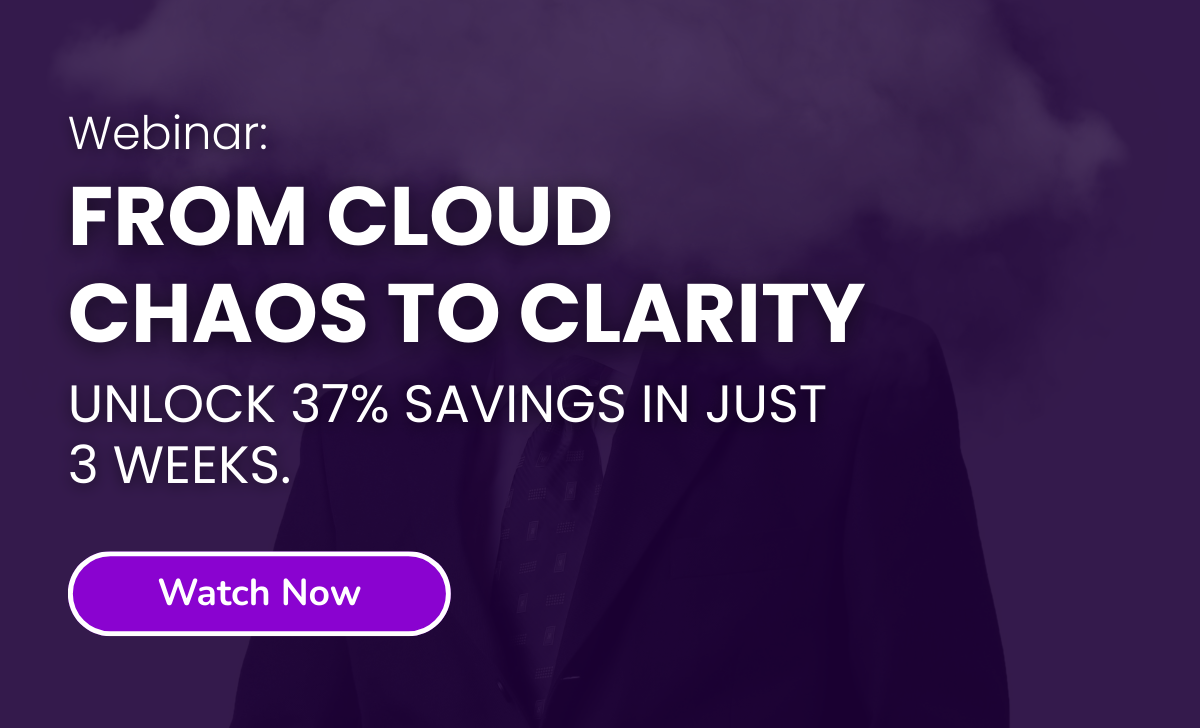August 31, 2022
3 minutes
See more of:
See more of:
Why CIOs should review their legacy modernisation strategies as a result of COVID-19
Read any technology article nowadays and you might be forgiven for thinking that the world is run on cloud applications, connected by APIs, speaking to connected devices and smartphones. These technologies are the poster child of today’s agile, always-on businesses, for sure. But there are many important systems running a quite surprising amount of the world’s business that don’t look anything like that.
How many of these technologies do you recognise? Pascal, Delphi, PowerBuilder, PL/I, RPG, CA/Gen, C/C++? Maybe not so many if you’re under 40 years old, and for good reason! These technologies are very rarely used for new projects, if at all. The number of people that can understand and manage these is small, and not being added to in any meaningful way.
However, it’s unusual for any organisation of scale that was created before the turn of the century not to have legacy technology running some part of their business, often using one of the languages mentioned above. They might have some of the original coders working to support and maintain this, or back it off to a third party with access to those skills. Every year the CIO will present a risk register to the board, and these systems will be called out as requiring replacement at some point in the future.
Why do they need to be replaced? Sometimes it’s because they are a blocker to improvement in other systems that need to utilise the latest features in IoT, AI, mobile or cloud. Increasingly, it’s because the number of people with the required experience to support them is dwindling. The Board will take a decision based on the risk, and often the can is kicked down the road to next year. If things are running smoothly now, why spend money on a problem that’s potentially 5 or 10 years away?
We may be reaching the point where that logic is becoming increasingly dangerous. As we know, there is a lot of this technology around. The question is evolving from when will we do this work to who will do this work? The unavoidable fact is that the people who are skilled in these technologies, and who have the experience of how these systems were designed and implemented, are retiring year by year. This has been accelerated by the covid pandemic which has encouraged people to reconsider their employment choices, leading to what some call “the great resignation” in many industries. The worldwide capacity to manage legacy technologies is shrinking, and that’s not a problem that we can solve quickly, if at all.
To consider an analogy, the world currently has a shipping container shortage, caused by the disruption to shipping by the timings of covid outbreaks around the world in 2020-2021. The containers still exist in this case, but they are in the wrong places. There is no meeting we can have, or company we can pay to fix this problem. It will take time for the capacity to come back on stream. Likewise, the capacity to support and rewrite / reimagine these legacy technologies is restricted and as time goes on it will shrink further.
Organisations making decisions around legacy modernisation should not assume that the capability to deal with this will exist at their ideal time for action as currently planned. The risk that an urgent requirement or strategic effort will be delayed is one that must be called out with more clarity than ever before. CIOs making their representations to their board colleagues around technical debt and legacy risk need to question their support mechanisms and possibly act sooner rather than later.
Taking action now, when people are more aware of the issued caused by covid and the impact on tech skills, may well be more well-received by boards looking to improve their resilience and learn the lessons from the past couple of years.
At Jumar we have a long history of successful legacy modernisation projects supporting enterprises and public bodies all over the world. If you need advice or support with this area, please get in touch.
Written by Chris Weston, CDIO


